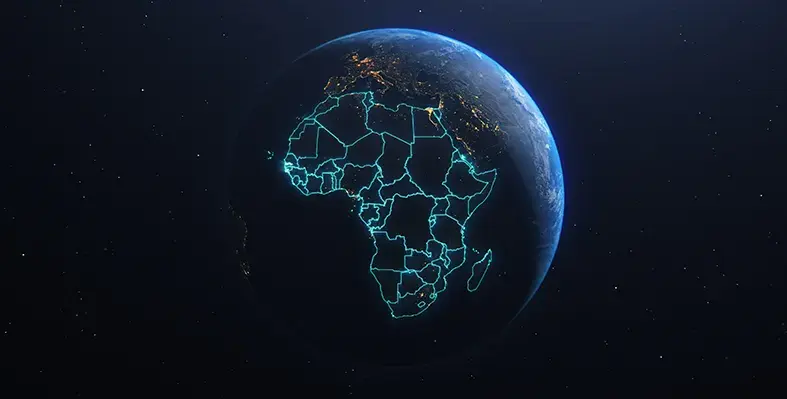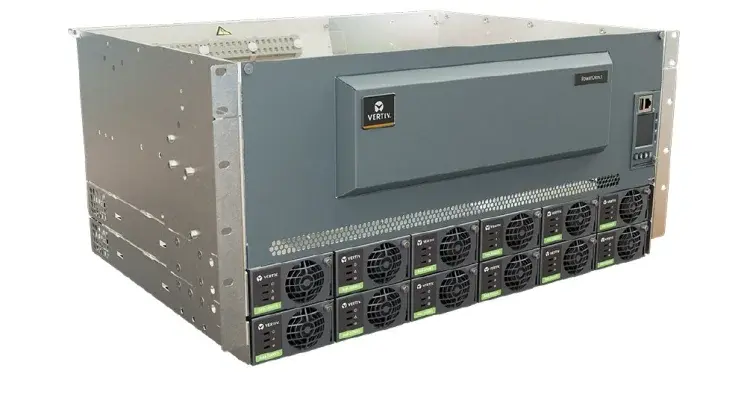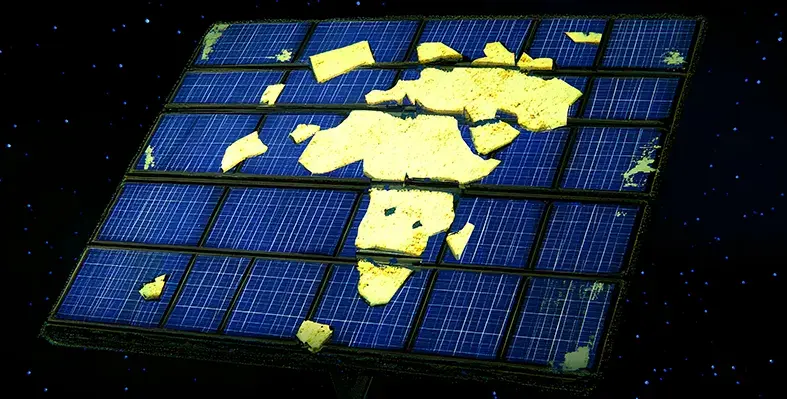Huawei Technologies recently completed almost 100km of trenching in the Harare area, in Zimbabwe.
p style="margin-bottom: 0cm;">Huawei Technologies recently completed almost 100km of trenching in the Harare area, in Zimbabwe.
The company won a US$66mn contract in 2008 to supply and build a fibre optic backbone network for Econet Wireless in Zimbabwe. It has now brought in more manpower and equipment to speed up construction even further.
The Chinese contractor, one of the largest telecoms companies in the world, has been contracted to build fibre throughout the major metropolitan areas of Zimbabwe, and also along the key highways. It is the largest project of its kind ever undertaken in Zimbabwe, and has created thousands of jobs for people involved in its construction. When complete, the network will create capacity for rapid deployment of base stations to increase capacity and coverage. It will also allow Internet users to get unlimited bandwidth at speeds not available on technologies currently used in Zimbabwe. With its subscriber base set to exceed five million by August, Econet had no choice but to invest in the backbone infrastructure, which in most countries is done by the fixed line operators. It is very difficult to carry large numbers of subscribers using microwave technologies. Fibre technologies are also more resilient to power failures, which continue to wreak havoc on telecoms services. Another reason for Econet embarking on the fibre optic network is the introduction of 3G service. The bandwidth demands of the 3G service were such that base stations were being overloaded, resulting in congestion. Econet then had to defer further expansion of 3G service until the fibre solution could be implemented. By the end of March, the first phase of the fibre which serves the Harare area will be complete. Econet will then be able to pile on tens of thousands of new customers, as well as new products.
Wallace Mawire






















